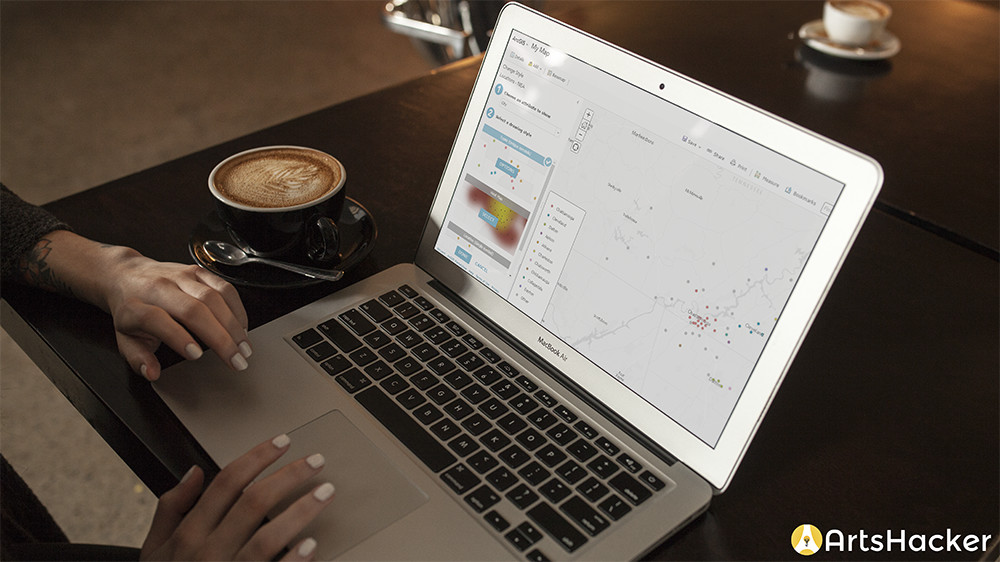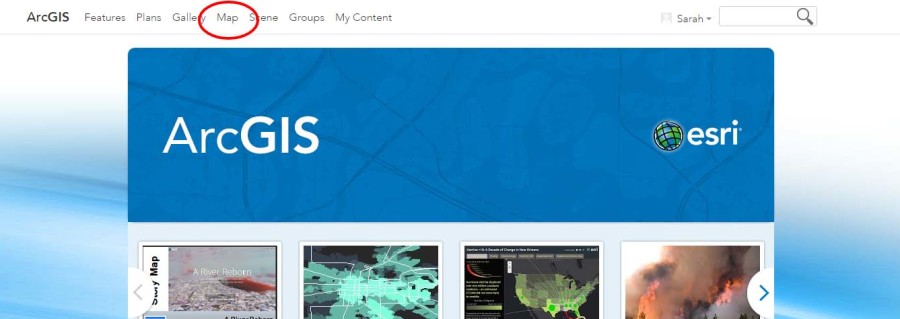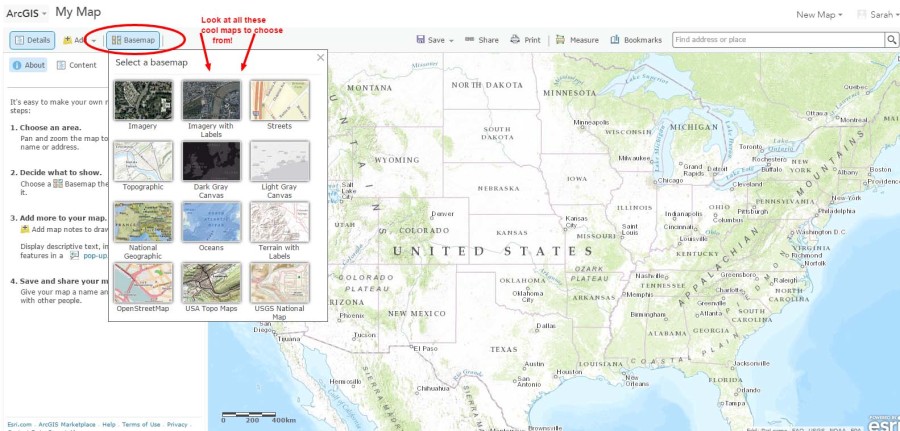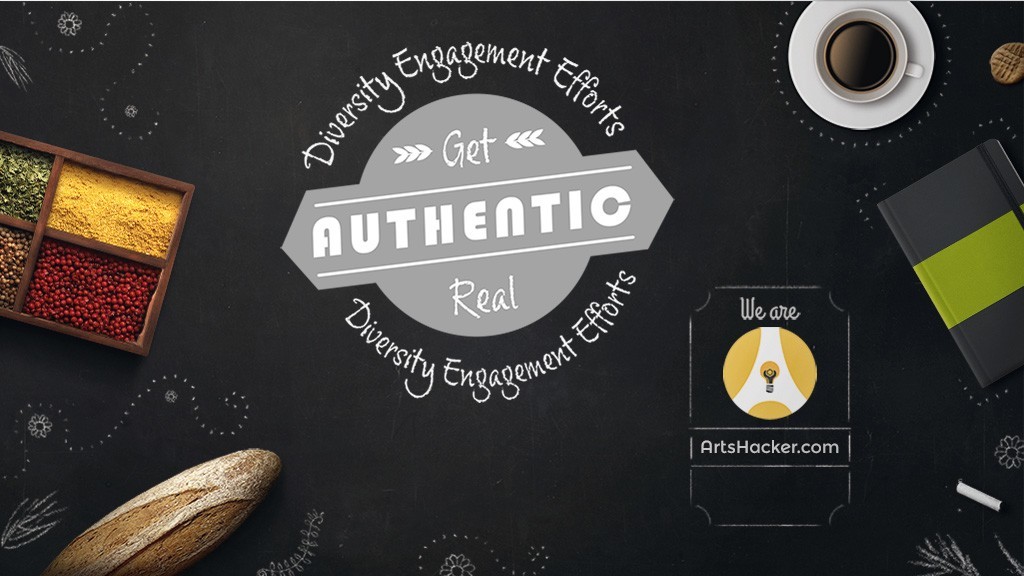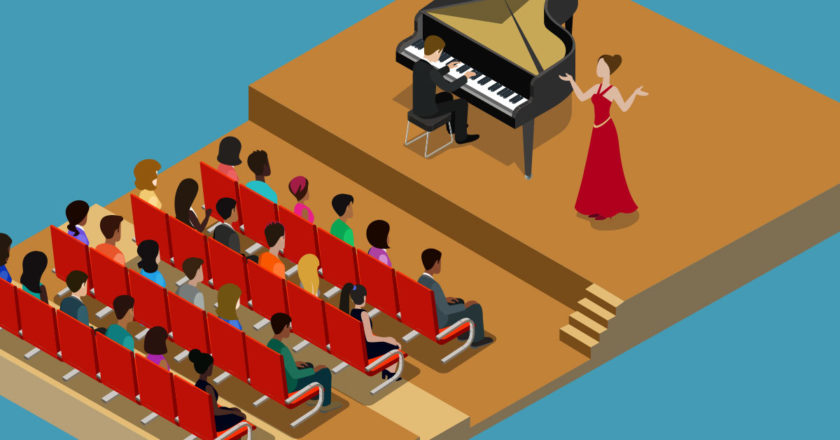
Who Is In Charge of Engagement?
Someone comes up to you and says they really enjoyed the program they attended and want to spread the word to their friends and get them involved, to whom do you refer them? Is there someone who will offer to collect the contact info of the person and their friends and perhaps follow up with them later to see if they need more information?
In short, who is your community engagement person?
If you are at a loss to answer that, it may be because for all the discussion about the importance of community engagement, the task of handling community engagement is often assigned either to the marketing department or education and outreach department.
The marketing people may interpret engagement as trying to persuade people to participate, employing imagery and concepts with which the community may more closely identify and find more appealing.
Education and Outreach may interpret engagement as providing activities ancillary to the central one which allows the community to either better understand and enjoy the central event or perhaps just better appreciate the role the organization has in the community.
But once someone from the community expresses a sense of engagement, who handles the relationship from there? Community engagement is both separate and entwined with marketing and outreach. It can require its own dedicated staff, though it certainly depends on and thrives due to the efforts of these two departments.
Community Engagement In A Different Context
It may be easier to talk about the role of community engagement staff in terms disassociated from familiar assumptions about departments of an arts organization by examining the digital media positions of community manager and social media manager.
Hootsuite ran a post on their blog about the difference between a community manager and a social media manager discussing them in a way that parallels the difference between marketing and community engagement.
A community manager is, at heart, a builder of relationships. This person will be engaging and nurturing customers and key members of your community. They make the brand personal and they advocate for the customer.
The social media manager, on the other hand, is more of a strategist. Your social media manager should be creating and aligning social media strategies in different departments within your company. They’ll be tracking your social media successes and failures, and using data to ensure you’re always improving. And they’ll be constantly creating and curating content for social networks.
In this example, the community manager is the community engagement person and the social media manager is analogous to the marketing manager. The latter is creating strategy and collecting data about how successful the strategy was along mostly quantitative measures. The engagement person is focused more on the qualitative feedback and spending time trying to develop relationships.
Oh, You Loved The Show? Can I Give You A Voucher for A Free Dinner?
You may have noticed I blatantly stole the example at the start of the Hootsuite post for the start of this post. That is because I wanted to emphasize that instead of fixing a situation by giving tickets to another performance to people who complained about a show, the engagement person’s approach is capitalize on a positive experience by giving tickets to those who praise the show. (If only metaphorically.) Their task to to ensure positive interactions are noted and reinforced.
Community Engagement doesn’t operate in a vacuum. Out of necessity there is a great deal of overlap and thus a need for integration between engagement, outreach/education and marketing (not to mention artistic and sales/ticket office) in terms of both ideas and execution.
Even though many businesses define customer engagement separately from customer experience, the person in charge of community engagement at an art organization might also conceivably work closely with venue physical plant staff or government entities on issues related to the building, parking and public safety to avoid a unpleasant experience.










